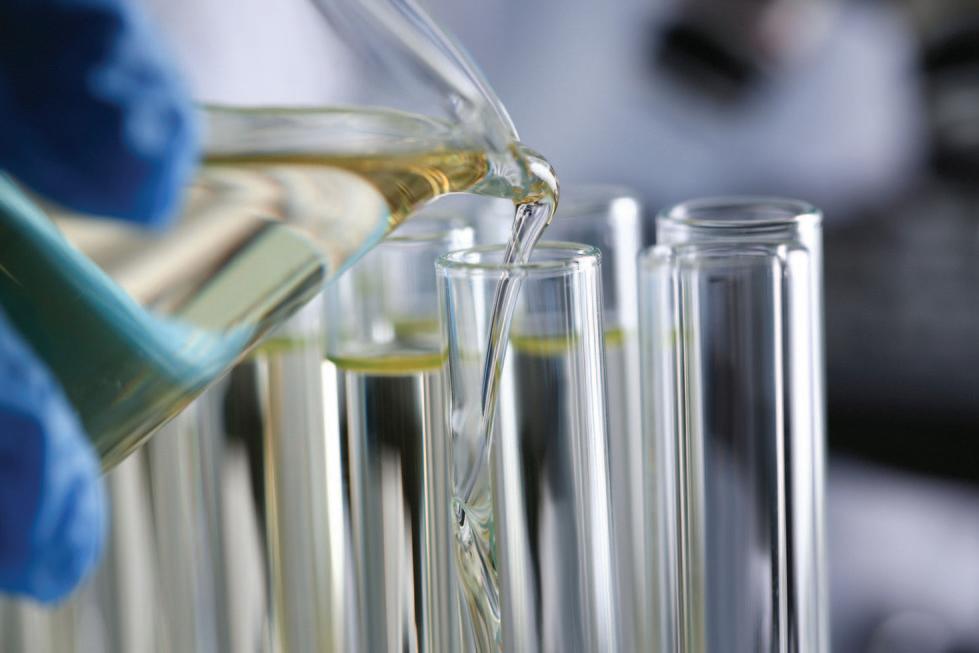
1 minute read
RopeCon® Efficient Solutions for Bulk Material Handling
Wherever bulk material needs to go – across impassable terrain, rivers, highways and buildings – RopeCon® delivers without a hitch!
Long distances, capacities of up to 25,000 tonnes/hour, minimal environmental footprint, quiet operation plus low operating and maintenance costs: These are the features that convinced leading mining businesses.
Are your rubber conveyor belts safe for human health and the environment?
Because of its adaptability, the vast majority of the rubber used to make modern-day conveyor belts is synthetic or, at most, contains only a relatively small element of natural rubber. Especially in dry bulk handling, conveyor belts need to be able to cope with a variety of different demands including resistance to oil, fire, abrasive wear, ripping, cutting and ozone & ultraviolet. In basic scientific terms, the creation of these rubber compounds (rubber compounding) is the process where a range of ‘specific task’ chemicals, reinforcements and anti-degradants are mixed together with rubber polymers. The most common polymers used in conveyor belts are Styrene-Butadiene rubber (SBR) and Nitrile rubber (NBR). There are literally dozens of different chemical components used such as antidegradants, antiozonants as well as ‘accelerators’, which are essential for the vulcanization process. The chemical agents form chains of polymers to form rubber compounds that will ultimately be vulcanized to create the finished product. It is an inescapable fact that it is necessary to use chemicals that are potentially extremely dangerous. However, it is the type of chemicals and the quantities they are used in that presents the big question — are your conveyor belts safe for the health of humans and the environment?

Regulatory Control
Fortunately, there are very strong regulations in place in Europe designed to protect human life and the environment in the form of REACH (Registration, Evaluation and Authorisation of Chemical substances) regulation EC 1907/2006. The regulations stipulate that manufacturers must register information relating to the use of chemicals, preparations (mixtures) and substances used to manufacture their finished products in a central database in the European Chemicals Agency (ECHA) based in Helsinki. This especially includes

